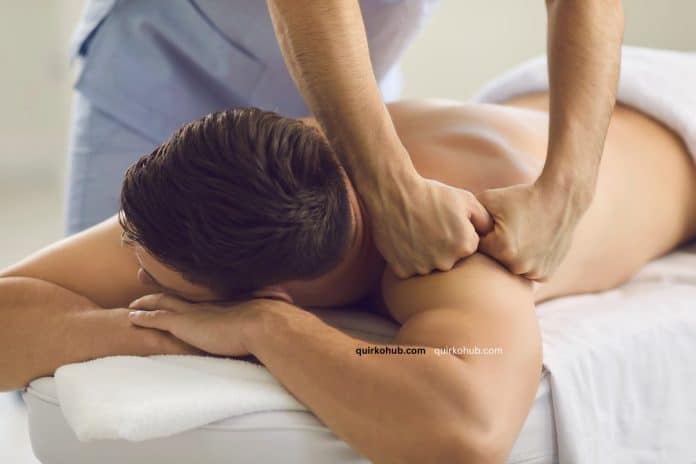In the digital age, human touch has become increasingly rare—especially in densely populated, high-stress cities. As we spend more time interacting through screens and less through physical connection, many individuals experience subtle but damaging mental effects such as loneliness, anxiety, and disconnection. This is where massage therapy enters the picture—not just as a physical relief, but as a psychological anchor in an overstimulated world.
The Urban Mental Health Dilemma
Metropolitan life is fast, loud, and demanding. Deadlines are tighter, sleep is shorter, and silence is scarce. While these conditions may not seem extreme on the surface, they cumulatively contribute to mental burnout. Stress-related disorders like insomnia, irritability, and chronic fatigue are now common even among people in their twenties.
For these individuals, conventional treatments such as medication or counseling may not always be feasible or appealing. This has led to a rise in alternative wellness practices—and massage therapy, in particular, has become a highly sought-after method for regaining mental equilibrium.
Touch as a Psychological Reset
Massage therapy isn’t just about relieving muscle tension. Scientifically, touch activates the parasympathetic nervous system, which slows heart rate, lowers cortisol levels, and encourages a state of calm. When a person experiences safe, intentional human contact through massage, their brain responds with a release of serotonin and dopamine—neurotransmitters that promote feelings of happiness and emotional stability.
In cities where overstimulation and isolation coexist, massage functions as both an emotional and physical therapy. It helps people disconnect from their screens and reconnect with their senses, grounding them in the present moment.
Popular Massage Types for Mental Health
Swedish Massage
This classic technique uses long, gliding strokes to stimulate circulation and encourage relaxation. It’s ideal for those seeking stress reduction and emotional balance.
Aromatherapy Massage
Combining essential oils with soft touch, this method enhances mood and calms the nervous system. Popular oils include lavender, chamomile, and ylang-ylang for their anxiety-reducing properties.
Reflexology
Targeting pressure points on the feet, reflexology stimulates nerve endings linked to different organs and emotional centers, offering a full-body calming effect.
Finding the Right Service in a Crowded Market
With massage becoming increasingly popular, the number of service providers has grown significantly. However, quality and safety can vary widely. Platforms such as 오피스타 have emerged as reliable sources for curated listings of professional massage centers. These platforms not only save time but also offer transparency through user reviews, verified business profiles, and location-based filtering—an essential service in cities overwhelmed by advertising noise.
Final Thoughts: Massage as Mental Maintenance
More than just a physical luxury, massage is evolving into a form of mental maintenance for people living in high-pressure environments. By offering a structured and therapeutic form of human contact, massage therapy provides a rare moment of stillness and connection in an otherwise fragmented world.
Whether you’re dealing with chronic stress, emotional fatigue, or simply seeking a mental reset, integrating massage into your routine could be a game changer—not just for your body, but for your mind as well.
